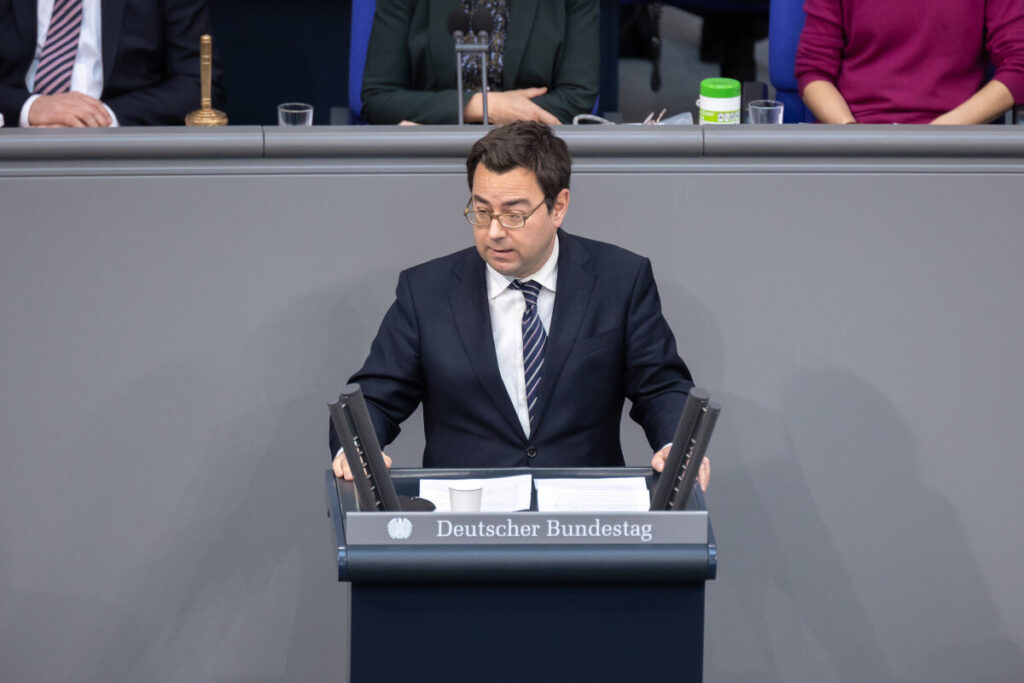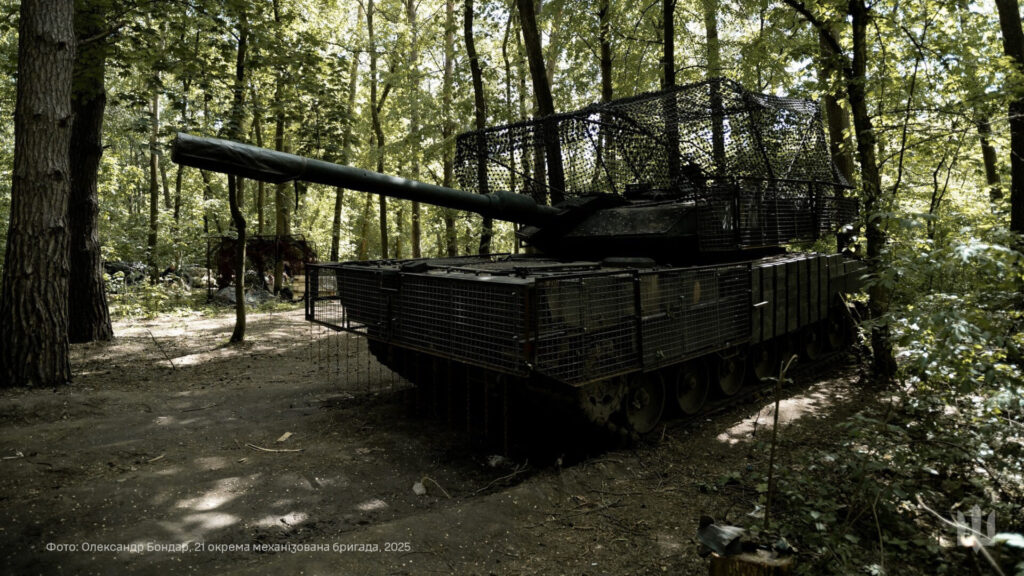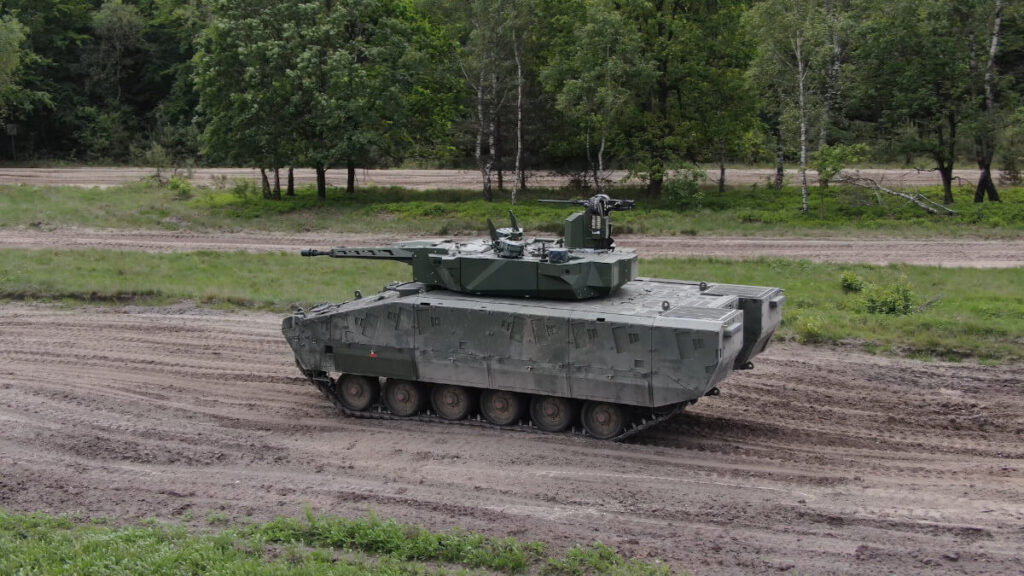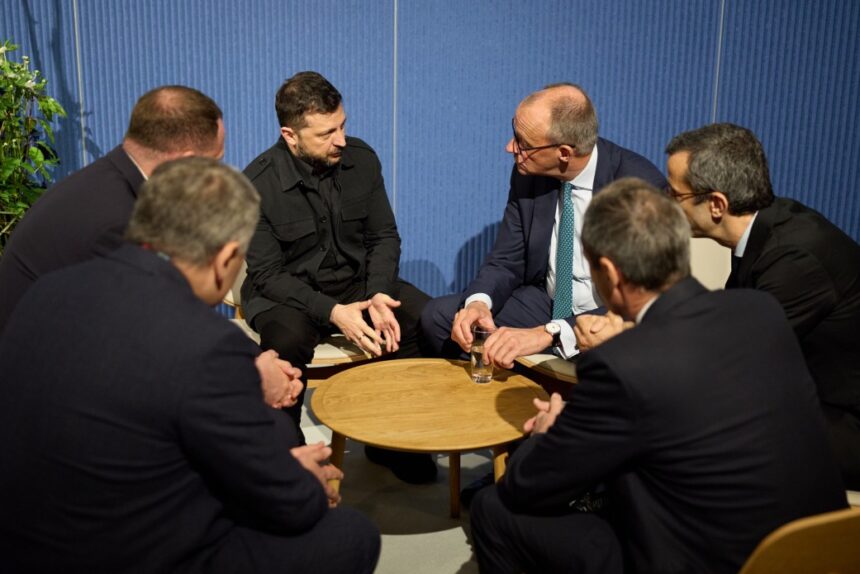In order to create new momentum and give Ukraine new hope, the German Chancellor Friedrich Merz is currently campaigning strongly for the provision of an EU loan of around €140 billion.
The Russian assets frozen in the EU are to serve as a guarantee. Among other things, it would secure and finance additional huge investments in the Ukrainian arms industry, new contracts with companies such as Rheinmetall and BAE Systems, but also a not inconsiderable portion of other defence-related expenditure by the Ukrainian government in the coming year.
While some see Merz’s initiative as proof of Germany’s leadership in Europe, others view it more as a diversionary tactic. At the very least, it is likely that he has alternative motives for providing the loan.
Limited military aid via the national budget
About a month ago, Sebastian Schäfer, spokesperson for budget policy for the Bündnis 90/Die Grünen party, told me on X (formerly known as Twitter) that budget politicians of the governing coalition had rejected a proposal to increase the military aid already planned for Ukraine in the current year by an additional €4.5 billion.

A few weeks ago, the Green Party sought to secure the necessary funds, which would have increased Germany’s military aid from around €8.3 billion to around €12.8 billion, by means of a motion.
However, this was unanimously rejected by all parties present. Less than a week later, BILD exclusively published further controversial details.
In addition to the €9.0 billion in military aid per year from 2026 onwards, which had already been widely discussed in public, the German Ministry of Defence had reported additional demands totalling around €10.6 billion for the next two years.
But although the Ministry of Defence should know best how much money is really needed to support the defence of Ukraine, the Ministry of Finance prevailed and put an end to the plans of Pistorius and his team.
In total, the Merz government denied Ukraine approximately €15.1 billion in military aid for the current year and the next two years.
| Year | Funds (requested) | Funds (approved) | Difference |
|---|---|---|---|
| 2025 | approx. €12.8 billion | approx. €8.3 billion | approx –€4.5 billion |
| 2026 | approx. €15.8 billion | €9.0 billion | approx. –€6.8 billion |
| 2027 | approx. €12.8 billion | €9.0 billion | approx. –€3.8 billion |
Allegedly no additional needs?
But why did the government decide against providing the funds? After all, the Scholz government had always portrayed itself as Ukraine’s biggest supporter in Europe, and since Friedrich Merz came to power and the US under Donald Trump has been providing only very limited bilateral support, the Merz government has hardly missed an opportunity to emphasise that it is now doing more for Ukraine than any other country in the world.
Upon enquiry, Sebastian Schäfer’s office informed me that the governing coalition had pointed out in the 2025 budget reconciliation meeting (German: Bereinigungssitzung) that Ukraine had not communicated any further needs and that therefore no additional funds were necessary.
This is also described in a similar way in the BILD article, which focuses on the funds for the military assistance of Ukraine in 2026 and 2027.
However, it should be clear to anyone who has even remotely engaged with the subject in recent months that this reason is nothing more than a cheap excuse.
According to the Ukrainian President Zelenskyy and other Ukrainian officials, Ukraine needs at least an additional €12 billion per year to cover the loss of most US aid through the PURL mechanism alone, which must be covered by other partners.

If the German government were to agree to finance just a quarter of the minimum total needs each year, the budget for aid to Ukraine would already have to be increased by €3 billion.
If this is not done and a certain share is still financed via the PURL mechanism, other bilateral aid would automatically be limited.
In fact, the loss of most US aid is also the Greens’ main argument for providing the additional €4.5 billion in the current year. “These funds were not requested for specific materials, but were calculated based on the loss of US support”, according to Sebastian Schäfer’s office.
The aforementioned BILD article also provides another example that undermines the German government’s argument.
BILD quotes from a document from the Ministry of Defence that was sent to several members of the Bundestag at the end of August: “In order to comply with the €9 billion target, no additional industrial support for Ukraine was provided for 2026 with contracts to be concluded in 2026 in connection with expenditure funds for 2026. In addition, measures with contracts to be concluded in 2026 and due in 2027 had to be partially cancelled or adjusted in terms of contract volume.”
To put it simply, the €9 billion now approved restricts the Ministry of Defence in that no additional contracts can be concluded with the industry in the coming year that would have to be paid for in the same year.

Furthermore, the scope of planned measures – such as the delivery of ammunition, heavy equipment and drones – which were to be contractually secured in the coming year but not paid for until the year after that, had to be reduced. In some cases, measures were even cancelled altogether.
The frequently used argument that no additional needs are known can therefore be refuted both by public statements made by members of the Ukrainian government and by an internal document from a top-level German federal agency.
Could fear be a possible reason?
But what could be the reason for the German government to drastically restrict the scope of military support for Ukraine, which is to be financed from its own budget?
POLITICO’s Berlin Playbook provides us with one possible reason. In the 18th of September edition, journalists Hans von der Burchard and Rasmus Buchsteiner reported, citing their own sources, that there is growing concern within the German government that it will become even more of a paymaster, while other partners in Europe are unable or unwilling to significantly increase their contributions to Ukraine’s defence.
Could that be it? Put simply, is the German government afraid that it will have to take on an ever-increasing share of aid to Ukraine, while other countries continue as before?

In any case, it would be nothing new. Such considerations already existed in the days of Olaf Scholz. However, the same applies today as it did then.
There is and will continue to be no alternative to providing Ukraine with strong and comprehensive support, and every euro we try to save today will probably end up being spent on Ukraine later anyway – only then it will be too late.
Apart from that, there are various countries that could have been prioritising these considerations for years, but are not doing so because they know exactly what matters.
According to the well-known Ukraine Support Tracker, Denmark, for example, invests a whopping 2.9% of its GDP in bilateral support for Ukraine. Estonia and Lithuania follow closely behind with 2.8% and 2.2% respectively, which percentage wise invest significantly more money from the state budget in Ukraine’s defence than Germany, which stands at 0.6%.
Even when Germany’s contributions to the assistance provided by the EU are included, the German government spends only 1.0% of GDP on support for Ukraine – although in absolute terms this represents the largest amount worldwide.
Furthermore, it should not be forgotten that the government under Chancellor Friedrich Merz is in a much better position to increase spending than the previous government was.
The previous government paved the way for Ukraine aid to be exempted from the debt brake for amounts exceeding 1% of GDP, which means that it would be possible to provide several billion euros in additional support for Ukraine each year without any major problems.

In conclusion, only the following can be said: The fact that the German government, in particular Chancellor Friedrich Merz, is so vigorously advocating for the provision of the €140 billion loan is extremely commendable and carries significant weight.
However, one should never think that this means one can neglect to provide sufficient bilateral assistance.
This is where Friedrich Merz is currently making a serious mistake that could cost countless lives in Ukraine in the long term and could end up costing German taxpayers dearly.
If you liked this post, consider following me on X, Bluesky, or Telegram. If you like, you can also leave me a tip on Ko-fi.


